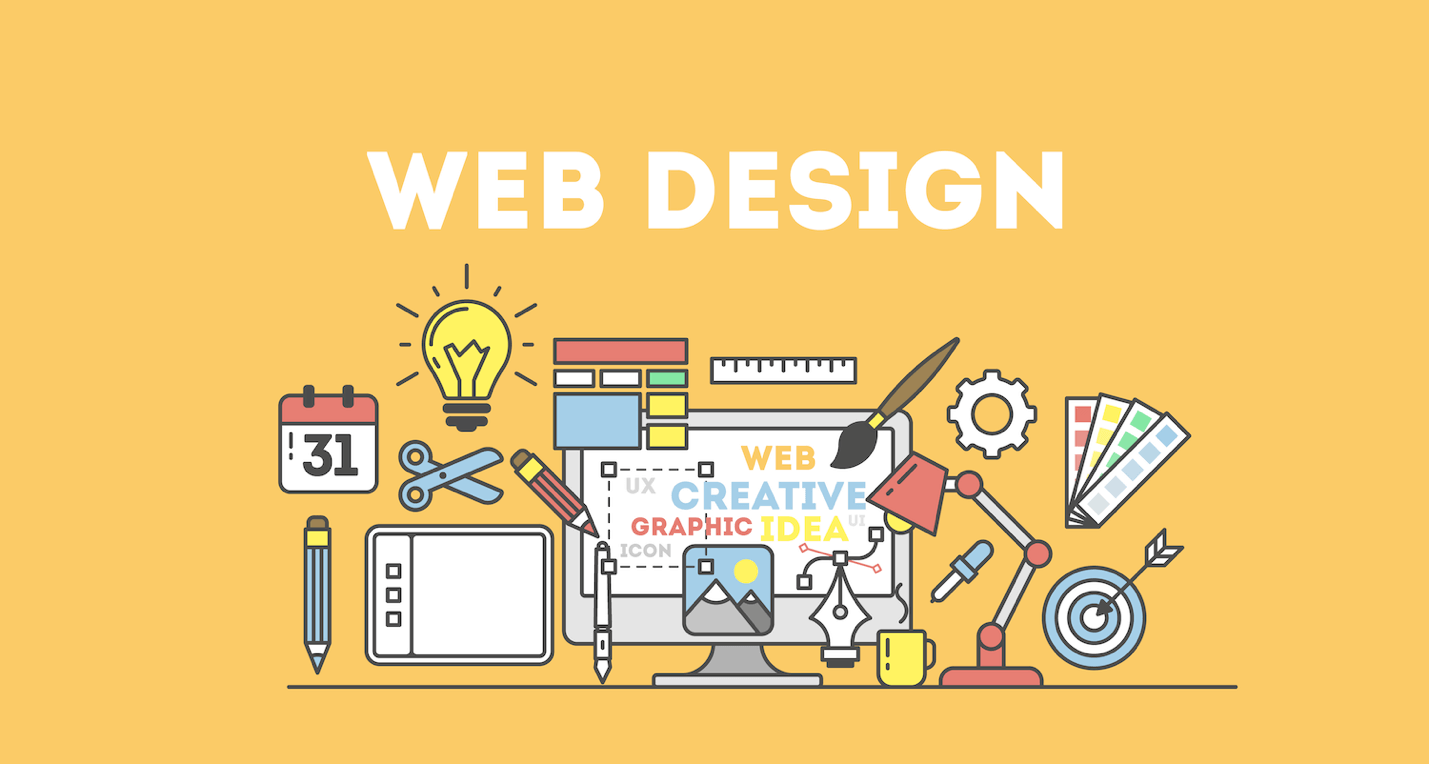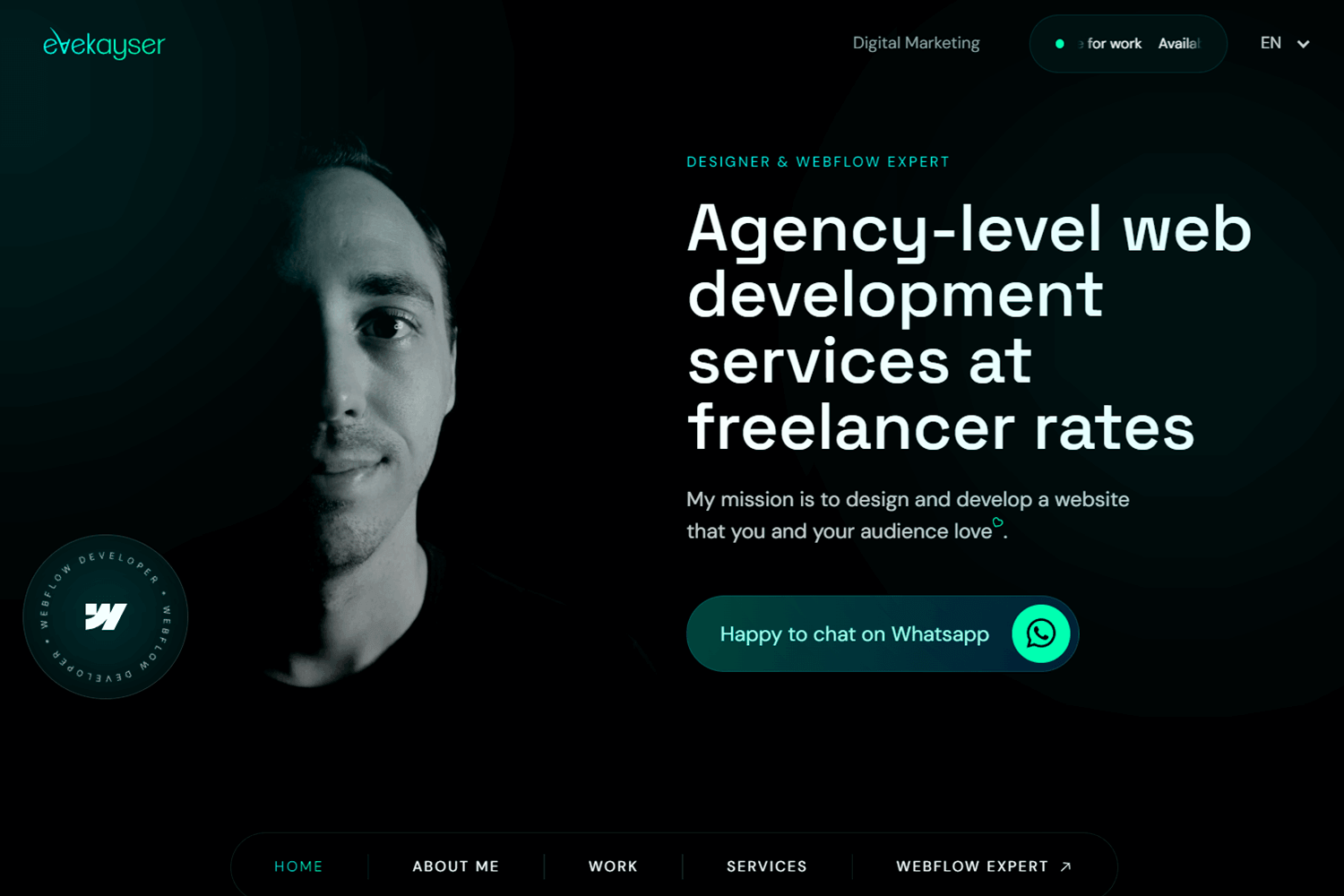The Influence of Appearances and Functionality in Successful Internet Site Design Projects
A visually engaging design is even more than simply a feast for the eyes; it establishes the phase for individual involvement and brand count on. Without smooth functionality, also the most stunning layout can falter, leaving users distressed and disengaged.
Relevance of Visual Charm
In the realm of web site design tasks, visual appeal is an important component that dramatically influences customer involvement and assumption. A properly designed web site not only attracts site visitors but also develops a brand name's trustworthiness and professionalism. The aesthetic parts, consisting of design, shade typography, imagery, and scheme, play a pivotal duty in catching interest and sharing the brand's message successfully.
Study suggests that users create a perception of a web site within secs, making aesthetic appeals a vital element in maintaining site visitors. A visually enticing site ensures that users are not bewildered or puzzled, which could cause high bounce rates. Website Design. Rather, a harmonious and attentively crafted style motivates individuals to explore additionally
Moreover, uniformity in style components across web pages fosters a cohesive experience, reinforcing brand identification. The choice of font styles and shades ought to straighten with the brand's ethos, while pictures need to be relevant and high-grade to improve the message instead of distract from it. Visual hierarchy is additionally vital, directing individuals' emphasis to important info via tactical positioning and sizing of elements.
Eventually, the value of aesthetic appeal in internet site design can not be overstated. It is the foundation whereupon customer trust and involvement are built.
Enhancing Customer Experience
How does one make sure that an internet site not only captivates but additionally serves its users efficiently? The essential lies in enhancing individual experience (UX), an important element of modern-day website design. A properly designed UX framework concentrates on comprehending individual requirements, behaviors, and preferences to create an instinctive, smooth communication. Reliable user experience style begins with extensive research study to determine the target market and their certain demands, making sure that the site web content and format line up with individual expectations.
Functionality is a keystone of boosting UX, highlighting simplicity of navigation and availability. Instinctive interfaces permit individuals to find details effortlessly, reducing frustration and motivating prolonged involvement. Integrating receptive design concepts makes sure that sites work ideally throughout different tools, dealing with individuals on tablet computers, smartphones, and desktops alike.
Furthermore, integrating comments devices provides valuable understandings right into individual communications, permitting continuous improvement. By gathering and examining user responses, designers can make informed modifications to improve complete satisfaction and use.
Ultimately, enhancing individual experience not only cultivates user complete satisfaction however likewise adds to attaining company goals, such as boosted conversion prices and consumer commitment, therefore ensuring the website's long-lasting success.
Harmonizing Type and Function

To attain this equilibrium, developers have to take into consideration the aesthetic pecking order, making sure that crucial aspects are highlighted without overwhelming the user. Color pattern, typography, and images ought to be chosen carefully to evoke the desired emotional reaction while maintaining readability and ease of access. Website Design. At the same time, performance demands that navigating is user-friendly, with clear calls-to-action assisting individuals seamlessly via the website
Responsive layout is one more crucial facet, making sure that the site performs well on various gadgets and display sizes. Filling rate and performance are likewise crucial; a cosmetically pleasing website mustn't give up rate and effectiveness, as individuals swiftly lose passion in slow-loading web pages.
Ultimately, effective website style calls for a holistic strategy that integrates type and feature, guaranteeing that the web site is both effective and attractive in fulfilling user demands and service goals.
Brand Understanding and Trust
Brand name perception is an important component that forms exactly how customers engage with an internet site. In today's electronic landscape, a website usually serves as the first point of get in touch with between a brand and its target market. Hence, the aesthetic and functional style of the website considerably affects the individual's perception of the brand. A well-designed site that lines up with the brand name's appearances and values can promote a favorable understanding, improving brand name loyalty and establishing a connection with the audience.
Count on is one more pivotal factor in internet site layout, as customers are more probable to engage with a brand name they think about legitimate and trusted. Depend on can be established with transparent layout aspects such as clear navigation, expert graphics, and constant branding. Furthermore, including elements like customer reviews, clear call info, and safe settlement portals can improve dependability.
A seamless individual experience, defined by instinctive navigating and fast filling times, also adds to constructing trust and a favorable brand name understanding. On the whole, the elaborate equilibrium between aesthetic appeals and capability is important in crafting a web site that not just astounds but additionally suffers the individual's depend on, thus reinforcing the brand name's online reputation in an affordable market.
Determining Layout Performance
Examining layout performance is an essential element of assessing a website's success in fulfilling its designated objectives. This procedure includes a collection of measurable and qualitative metrics that provide insights into just how well a web site executes in terms of More about the author individual experience, interaction, and conversions. Key efficiency indicators (KPIs) such as bounce price, time on site, and conversion rate are important metrics that offer a picture of individual actions and interaction with the site.
User responses and usability testing are important qualitative procedures that expose how instinctive and straightforward the design is. These techniques aid identify locations where customers experience troubles, allowing developers to make educated improvements. Heatmaps and session recordings additional enhance these insights by from this source revealing just how individuals browse through the website, highlighting areas of rate of interest and rubbing.
Furthermore, A/B testing is an effective method for gauging design efficiency. By contrasting different style components or layouts, companies can determine which versions yield far better performance outcomes. Inevitably, a thorough technique that combines both user-centered analyses and data-driven metrics guarantees that a website not just meets visual criteria however also properly fulfills its useful purposes, driving sustained customer contentment and company success.
Verdict
In effective website layout tasks, aesthetic appeals and functionality play essential duties in shaping user experience and brand perception. Ultimately, the harmonious balance in between kind and feature significantly contributes to a web site's performance, making certain continual interaction and trust fund from users.

Aesthetic appeals attract individuals in, developing a first impact that captures attention, while functionality guarantees that individuals can without effort browse the website, locate details, and full jobs without here aggravation.
Hence, the practical and aesthetic style of the web site significantly affects the customer's assumption of the brand name.Count on is an additional pivotal factor in website layout, as customers are a lot more most likely to involve with a brand they consider trustworthy and reputable.In effective site layout jobs, looks and functionality play pivotal duties in shaping user experience and brand name understanding.